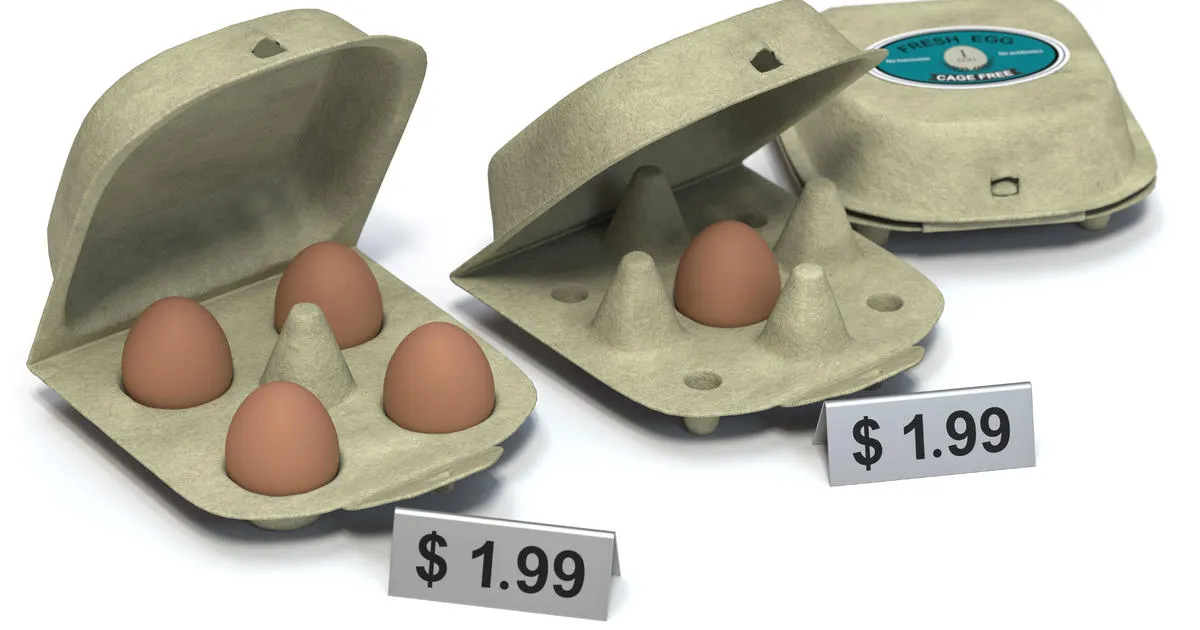Inflation Fear: Shrinkflation Affects One-Third of Grocery Items

Understanding Shrinkflation Amid Inflation
Inflation remains a concern for many Americans as prices for essentials, particularly food, soar. Shrinkflation, a phenomenon where products are downsized while prices stay the same, has taken hold. Recent analysis from LendingTree shows that approximately one-third of 100 frequently purchased consumer products have been affected since the pandemic. Household paper goods, such as toilet paper and paper towels, top the list of the worst offenders.
What is Shrinkflation?
Shrinkflation refers to reducing the size of a product while maintaining its price. As inflation costs rose, companies chose this less noticeable method instead of increasing prices outright. Thus, consumers are paying more for less product, a trend that has left many frustrated.
Impact of Shrinkflation
Despite inflation rates hitting a three-year low in August, the challenge of shrinkflation persists. Surveys indicate that 70% of consumers have witnessed shrinkflation in their purchases within the last year. As companies grapple with rising manufacturing costs, the strategy of shrinkflation may continue to be a common practice.
This article was prepared using information from open sources in accordance with the principles of Ethical Policy. The editorial team is not responsible for absolute accuracy, as it relies on data from the sources referenced.